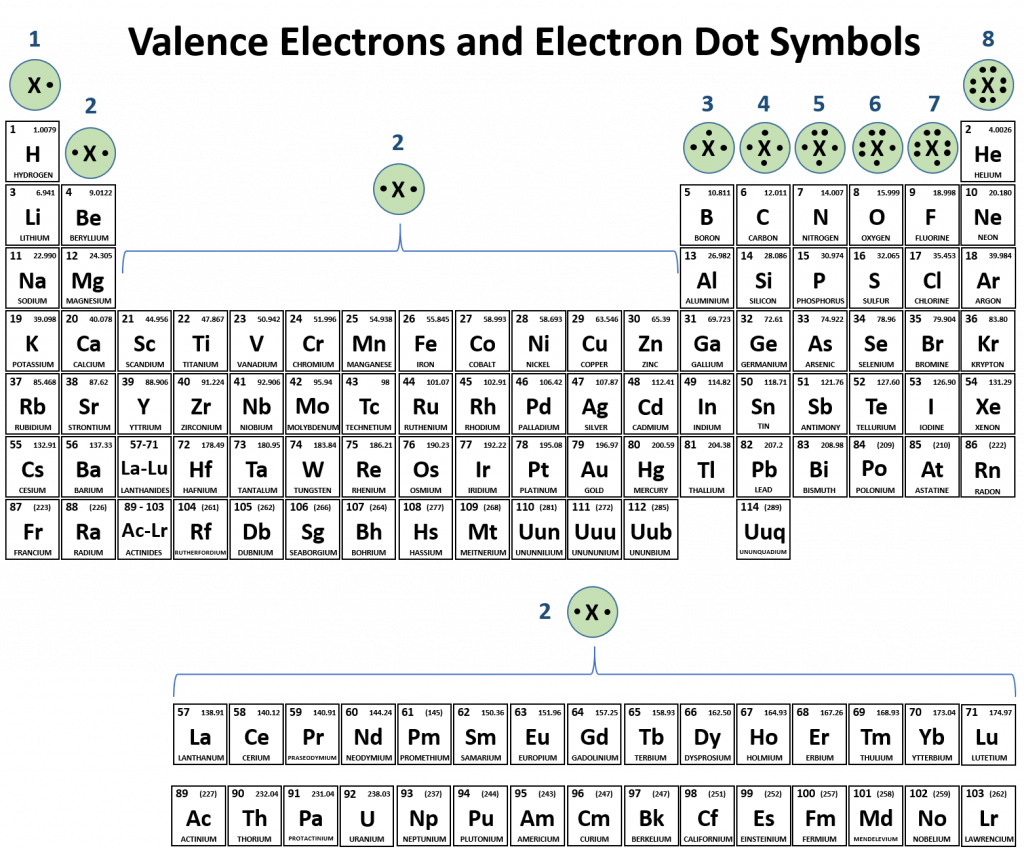Which Group Tends To Form 1 Ions
Which Group Tends To Form 1 Ions - When forming ions, elements typically gain or lose the minimum number of electrons. Web valence electrons and ionic compounds. Web group 1 metals, the alkali metals, have the 1 valence electron, and thus form m + ions when oxidized.
Ionic Compound Nomenclature Presentation Chemistry
Web valence electrons and ionic compounds. When forming ions, elements typically gain or lose the minimum number of electrons. Web group 1 metals, the alkali metals, have the 1 valence electron, and thus form m + ions when oxidized.
Solved GENERAL QUESTIONS 13. Which group tends to form +1
When forming ions, elements typically gain or lose the minimum number of electrons. Web valence electrons and ionic compounds. Web group 1 metals, the alkali metals, have the 1 valence electron, and thus form m + ions when oxidized.
Molecular and Ionic Compounds Chemistry I
Web valence electrons and ionic compounds. When forming ions, elements typically gain or lose the minimum number of electrons. Web group 1 metals, the alkali metals, have the 1 valence electron, and thus form m + ions when oxidized.
PPT Chapter 9 “Chemical Names and Formulas” PowerPoint Presentation ID1484384
When forming ions, elements typically gain or lose the minimum number of electrons. Web valence electrons and ionic compounds. Web group 1 metals, the alkali metals, have the 1 valence electron, and thus form m + ions when oxidized.
PPT Chapter 6 The Periodic Table PowerPoint Presentation, free download ID5955375
Web group 1 metals, the alkali metals, have the 1 valence electron, and thus form m + ions when oxidized. When forming ions, elements typically gain or lose the minimum number of electrons. Web valence electrons and ionic compounds.
Ionic Compound Nomenclature Presentation Chemistry
When forming ions, elements typically gain or lose the minimum number of electrons. Web group 1 metals, the alkali metals, have the 1 valence electron, and thus form m + ions when oxidized. Web valence electrons and ionic compounds.
PPT Chapter 6 Chemical Nomenclature PowerPoint Presentation, free download ID1988521
Web group 1 metals, the alkali metals, have the 1 valence electron, and thus form m + ions when oxidized. Web valence electrons and ionic compounds. When forming ions, elements typically gain or lose the minimum number of electrons.
PPT Atoms, Molecules and Ions PowerPoint Presentation, free download ID5744082
Web valence electrons and ionic compounds. When forming ions, elements typically gain or lose the minimum number of electrons. Web group 1 metals, the alkali metals, have the 1 valence electron, and thus form m + ions when oxidized.
CH150 Chapter 3 Ions and Ionic Compounds Chemistry
Web group 1 metals, the alkali metals, have the 1 valence electron, and thus form m + ions when oxidized. When forming ions, elements typically gain or lose the minimum number of electrons. Web valence electrons and ionic compounds.
Solved GENERAL QUESTIONS 13. Which group tends to form +1
Web valence electrons and ionic compounds. When forming ions, elements typically gain or lose the minimum number of electrons. Web group 1 metals, the alkali metals, have the 1 valence electron, and thus form m + ions when oxidized.
When forming ions, elements typically gain or lose the minimum number of electrons. Web group 1 metals, the alkali metals, have the 1 valence electron, and thus form m + ions when oxidized. Web valence electrons and ionic compounds.
Web Valence Electrons And Ionic Compounds.
When forming ions, elements typically gain or lose the minimum number of electrons. Web group 1 metals, the alkali metals, have the 1 valence electron, and thus form m + ions when oxidized.

.PNG)



.PNG)


